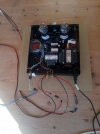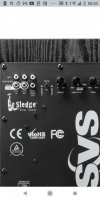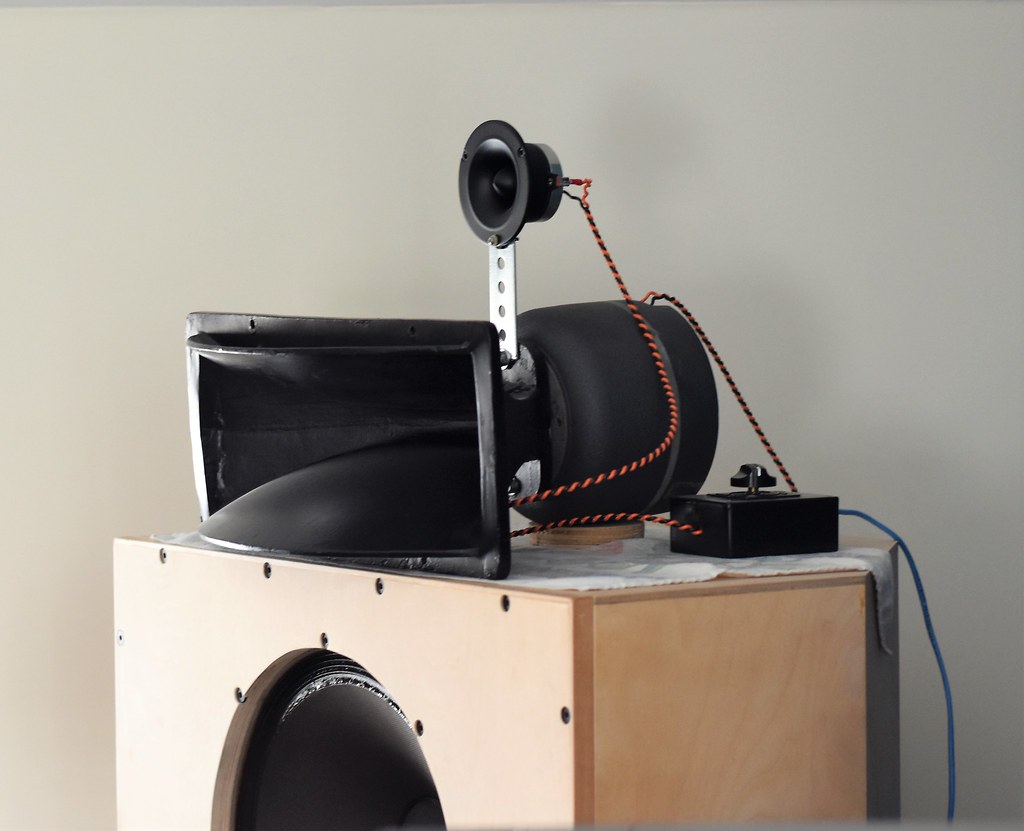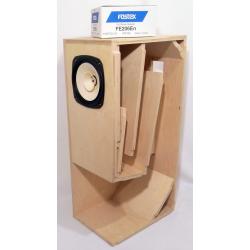The Leben CS-300X(S) is very low powered by modern standards. I'd recommend at least 50W into 8 ohms as a bare minimum, and 100W would be vastly to be preferred.
The Leben CS-300X(S) has distortion levels that are somewhat on the high side: 0.7% at 10W. In comparison, solid state amplifiers will usually do better than 0.05% distortion, and will usually have significantly lower noise floors as well.
You mention that the load impedance of the loudspeakers that you would consider is an important factor. Are you aware that the Leben CS-300X(S) has a very high output impedance? As a result, it will interact quite considerably with the frequency varying load impedance of typical loudspeakers. The frequency response of the amplifier will be affected.
In their review of the Leben CS-300 integrated amplifier, Stereophile note that the "[output] impedance is sufficiently high to give rise to potentially audible ±1.1dB response variations with a typical loudspeaker, even from the 4 ohm tap".
Take a look at the
frequency response of Leben CS-300. As you can see, the Leben is acting a bit like a graphic equalizer with the simulated loudspeaker load. Its equalization will of course vary depending on the loudspeaker that is connected to it. That's not a particularly good characteristic to have in an amplifier, and it means it really can't aspire to meet modern standards of high fidelity.
Saying that an amplifier's philosophy is such that it plays music well, is bypassing the fact that the amplifier should not have a sound of its own. If it does, it's demonstrably failed in its primary purpose: to amplify the input signal without change.
If you are looking for a better high-fidelity sound reproduction experience, then it would be strongly worth considering a solid state integrated amplifier. Most would easily outperform the Leben CS-300X(S). Integrated amplifiers like the Yamaha A-S701 and Rotel RA-1572 MkII are potential options that come to mind. There are many others as well, to suit a wide range of budgets and aesthetic tastes.
Once you get a reasonably powerful solid state amplifier (e.g., 100W RMS into 8 ohms), with a reasonably high damping factor (e.g., >200), then your choice of loudspeakers will be ever so much greater.





